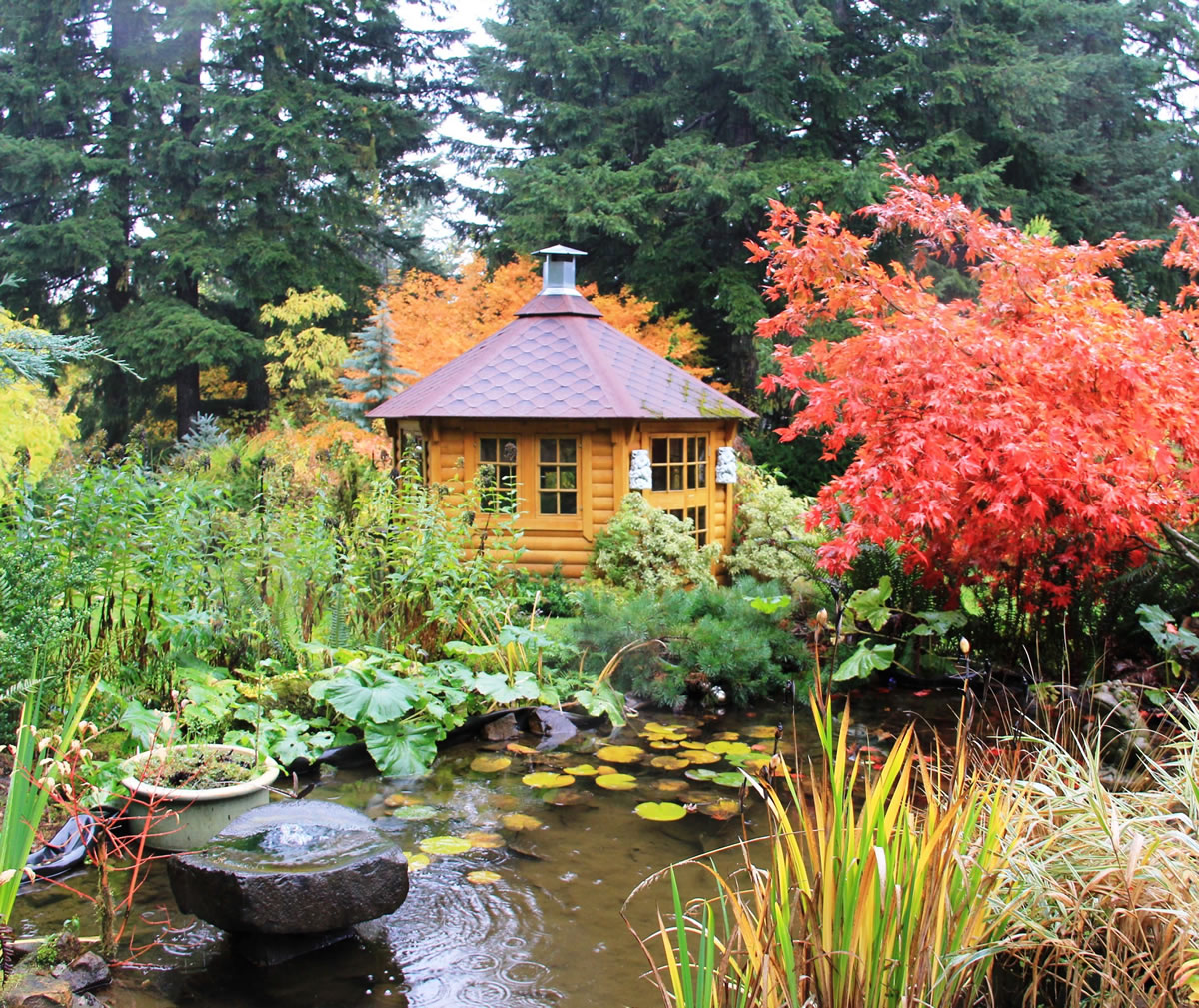I’m beginning to wonder if there really is such a thing as perfection in the garden. The most beautiful rose bush, examined closely, will have the occasional leaf touched by black spot. At some point in its development, there will be perfect roses and faded roses at the same time. I am pleased to say that I am comfortable with this reality. I can accept imperfection in my own garden. It’s still so beautiful.
When I am weeding in spring and find a self-sown lavender angustifolia or even a wild daisy growing in the crack of a sidewalk, I see it as a gift from the garden. Why bother taking on the attitude of the Queen of Hearts shouting, “Off with its head” every time something happens in the garden that’s not in my plan? It is much more satisfying to find delight in the wonder of a volunteer plant.
Instead of seeking perfection, I have decided to put away the dictionary and let perfection come looking for me. I can easily accept that daisy sprouting up in the middle of a pathway. What a miracle it is to grow from seed to seedling to flowering plant with a sparkling brightness all its own. It is not all up to me. The world of nature has an equal responsibility in the outcome of my garden.
I am beginning to understand that perfection encompasses the world of sunshine and floods, warm rain and black spot, loamy soil and an aching back. I have also noticed that the plants in my garden never hide in shame
because conditions are not perfect enough for them. They take what the elements and the gardener have to offer, and raise their faces to the sky. What could be more perfect than that?
Thanksgiving gem
In late October and mid-November, the pathways in our gardens are strewn with lovely patterns of overlapping leaves that have fallen from the trees above. Autumn leaves come in a unique palette of colors. The russets, umbers, ambers and dun of deciduous maple, ash and oak trees lay at our feet. As we walk along, the patterns and colors change with every step.
Nature has such a genius for creative design. I am convinced that falling leaves were the inspiration for the first quilt makers. They created a new quilt from nature’s blueprint. They would have fashioned bits and pieces of cloth in the same delicate pattern of leaves on the ground in the colors of fall. The perfect blanket for a cabin in late November.
Under the Japanese maples we find colorful leaf tips touching like hands poised to join in prayer. The backs of other leaves press together reminding me of those little turkey pictures I made for my mother as a child. Using only the outline of my fat little hand and an assortment of turkey-colored crayons I presented her a masterpiece for the Thanksgiving table.
Gardening by our book
In some parts of America, gardeners garden strictly by the book. They read the monthly lists at the back of magazines and do each chore by a specific date. Fountains are drained on Sept. 21. Roses are heeled into the ground for winter protection before first frost. In the Northwest, seasonal advice from around the country may not seem quite so imperative. We are more likely to take a little time over the decision while enjoying a hot latte and today’s crossword puzzle.
Our lawns are often more lush in winter than in the midst of the regular gardening season. They are certainly greener with less effort on our part than in the height of summer. By November, the deeply veined leaves of Viburnum bodnantense “Dawn” have turned a dark scarlet and loose clusters of fragrant, cotton candy pink flowers are in bloom. On a warm December morning the ornamental cherry Prunus subhirtella “Autumnalis” will shoot dainty, shell-pink blossoms out of bare branches.
Unlike in Kansas, winter doesn’t drop out of the sky like a tornado in mid-November, knocking our socks off and dumping us back in the garden when spring returns. Our seasons meld into each other. They come and they go at a leisurely pace. In time, as we get a bit of gardening under our fingernails, we become less reactive to the onset of each new season. We think to ourselves, “Que sera, sera. What will be, will be.” Quite often I do nothing more than sit and look out on the late autumn garden.
Robb Rosser is a WSU-certified master gardener. Reach him at Write2Robb@aol.com.



